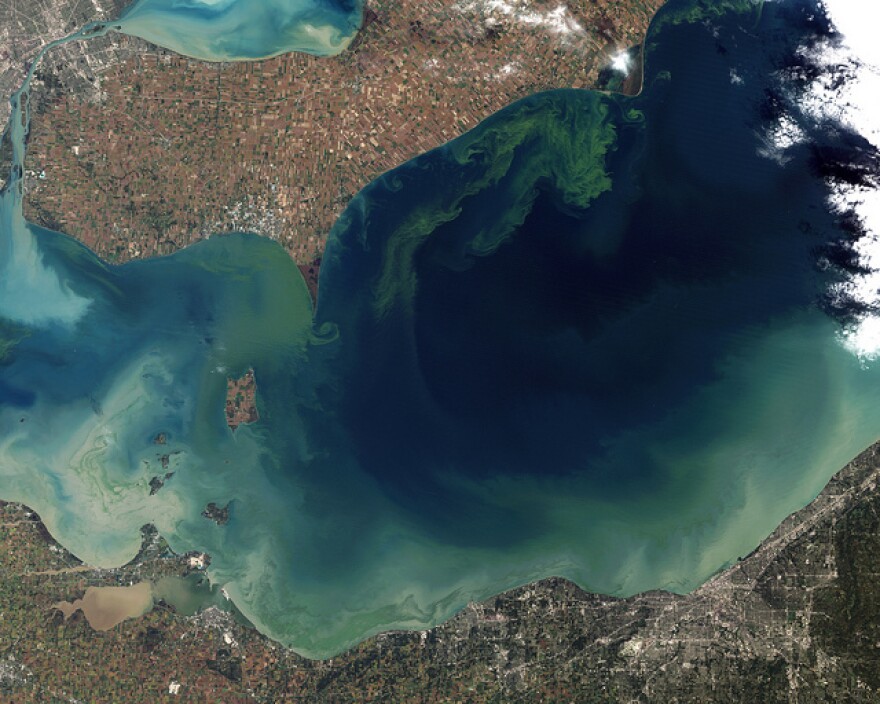Particles from toxic algal blooms can get airborne according to new study from the University of Michigan.
Researchers say hot summers can create algal blooms in the Great Lakes which are sometimes toxic and have been shown to have negative health impacts for humans who have direct contact with them.
Andrew Ault is an author on the study. He said it’s clear that algal particles make it into the air - what they don’t know is if toxins travel with them.
“We see that there’s green slime getting out of the water and we want to know are the toxins going to be in these particles? We suspect yes but we need to measure it.”
Ault said algal blooms in the ocean - called red tides - have been shown to have negative health effects.
“There is some nice work done in Tampa showing that people downwind of one of these red tides had elevated levels of asthma or hospital admissions related to respiratory effects.”
Ault said more research has to be done to understand what - if any - health impacts airborne algal may have.
“What we’re most worried about is that people that live near the lakes or potentially inland are going to be inhaling the stuff that comes out of these blooms which can sometimes be toxic.”
He said researchers found algal bloom particles could last in the air for days and - early research suggests - travel over 30 miles.

